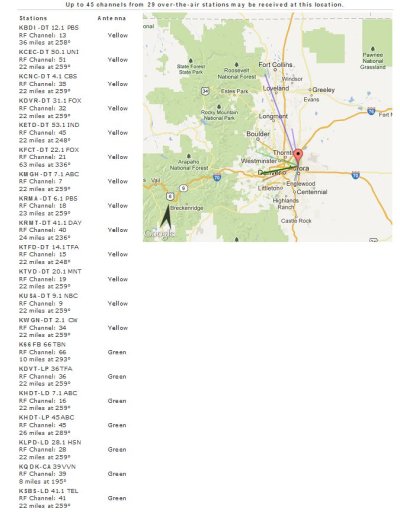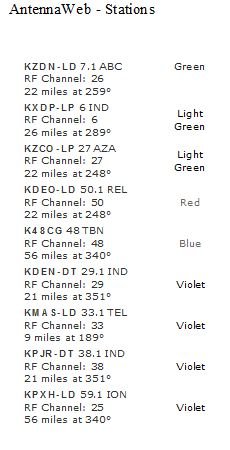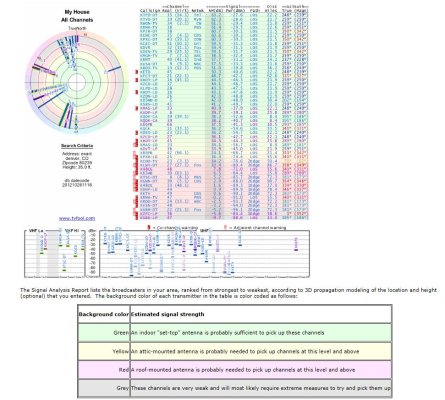easysurfer
Give me a museum and I'll fill it. (Picasso) Give me a forum ...
- Joined
- Jun 11, 2008
- Messages
- 13,152
I wasted several days trying to get my OTA DTV to work right but pretty much decided to give up. Conclusion, there's just too many variables with OTA DTV  .
.
Since where I live I'm not allowed to put an antenna on the balcony, I have been getting by with my home built coat hanger type antenna. But with a recently newer DVR (but weaker tuner) the CBS station by me is cutting in and out So I go to the trouble the trouble of building another antenna, with thicker wood (no problem here) but still CBS doesn't work right. Then I try using an amplifier, but no difference. Then I realize, I get CBS okay from the connection by the wall (rooftop antenna on building, but I then don't get NBC), so I try a combiner/splitter which is supposed to combine signals from different sources. Still this doesn't work.
Good grief Charlie Brown... In a way I long for the good old days of just analog TV.
The only positive is that now I know, the culprit has nothing to do with my antenna, but that CBS by me is still transmitting from a weak VHF signal instead of stronger UHF like normal major stations.
 .
.Since where I live I'm not allowed to put an antenna on the balcony, I have been getting by with my home built coat hanger type antenna. But with a recently newer DVR (but weaker tuner) the CBS station by me is cutting in and out So I go to the trouble the trouble of building another antenna, with thicker wood (no problem here) but still CBS doesn't work right. Then I try using an amplifier, but no difference. Then I realize, I get CBS okay from the connection by the wall (rooftop antenna on building, but I then don't get NBC), so I try a combiner/splitter which is supposed to combine signals from different sources. Still this doesn't work.
Good grief Charlie Brown... In a way I long for the good old days of just analog TV.
The only positive is that now I know, the culprit has nothing to do with my antenna, but that CBS by me is still transmitting from a weak VHF signal instead of stronger UHF like normal major stations.





